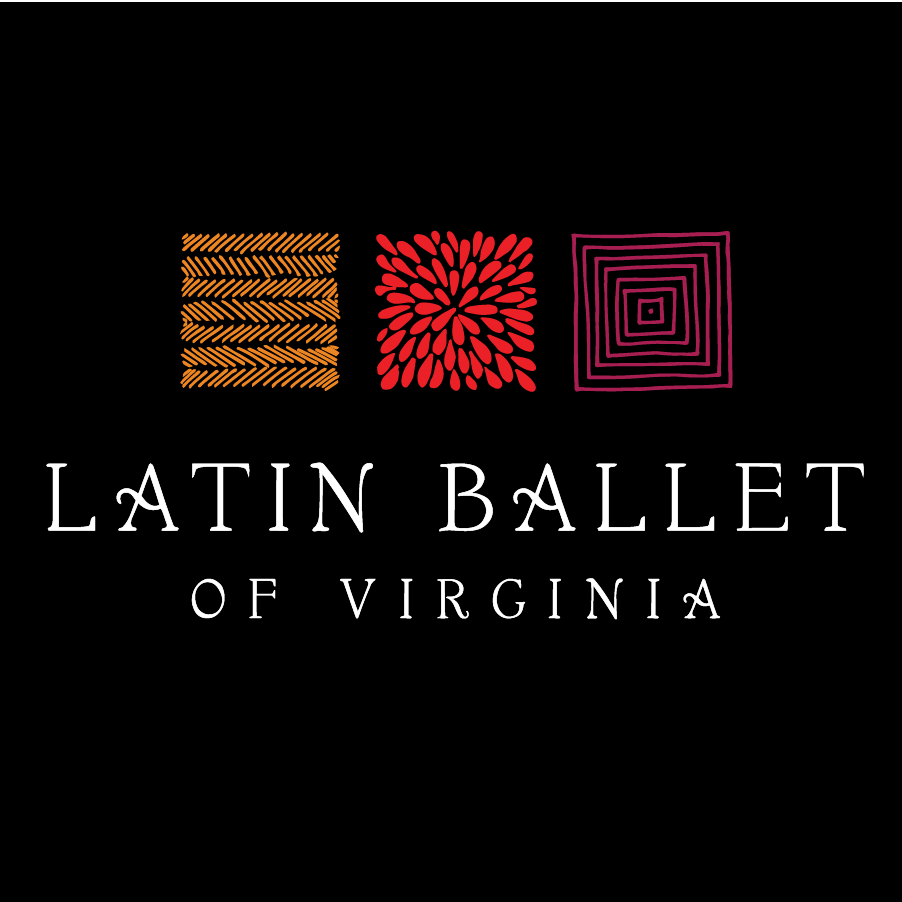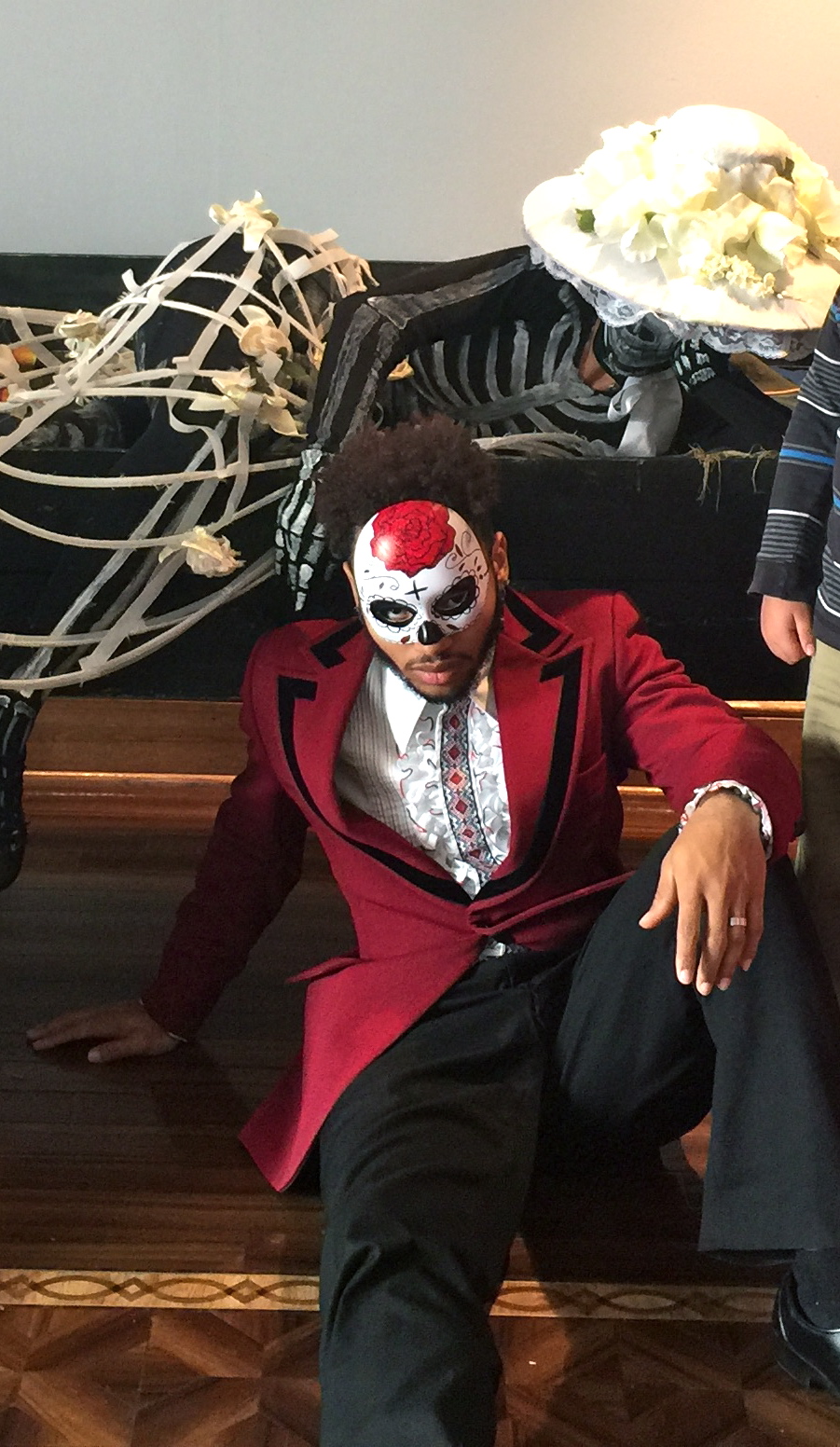The Day of the Dead is a Celebration of Life!
“I wanted to let you know how much I thoroughly enjoyed the performance of “El Dia de los Muertos.” I was absolutely enthralled with the whole production and am so glad I had the opportunity to attend! You and all of the dancers were incredible, from your dance skills to how you all interacted with the crowd – everything! And I just loved your engaging personality on the stage! It was a beautiful, memorable and thrilling show!”
Based on the Mexican holiday which brings communities together to remember
and celebrate loved ones who have passed.
El Día de los Muertos (Day of the Dead) is a celebration of one of the most traditional Mexican festivities. This Aztec ritual and commemoration started at least 3,000 years ago. It is a festive interaction that embraces the cycle of life. Mesoamerican natives, African-Americans and Spanish blend their traditions during the celebration.
What is the Day of the Dead?
More than 500 years ago, when Spanish Conquistadors landed in what is now Mexico, they encountered natives practicing a ritual that seemed to mock death. It was a ritual the indigenous people had been practicing for at least 3,000 years, a ritual the Spaniards would try unsuccessfully to eradicate.
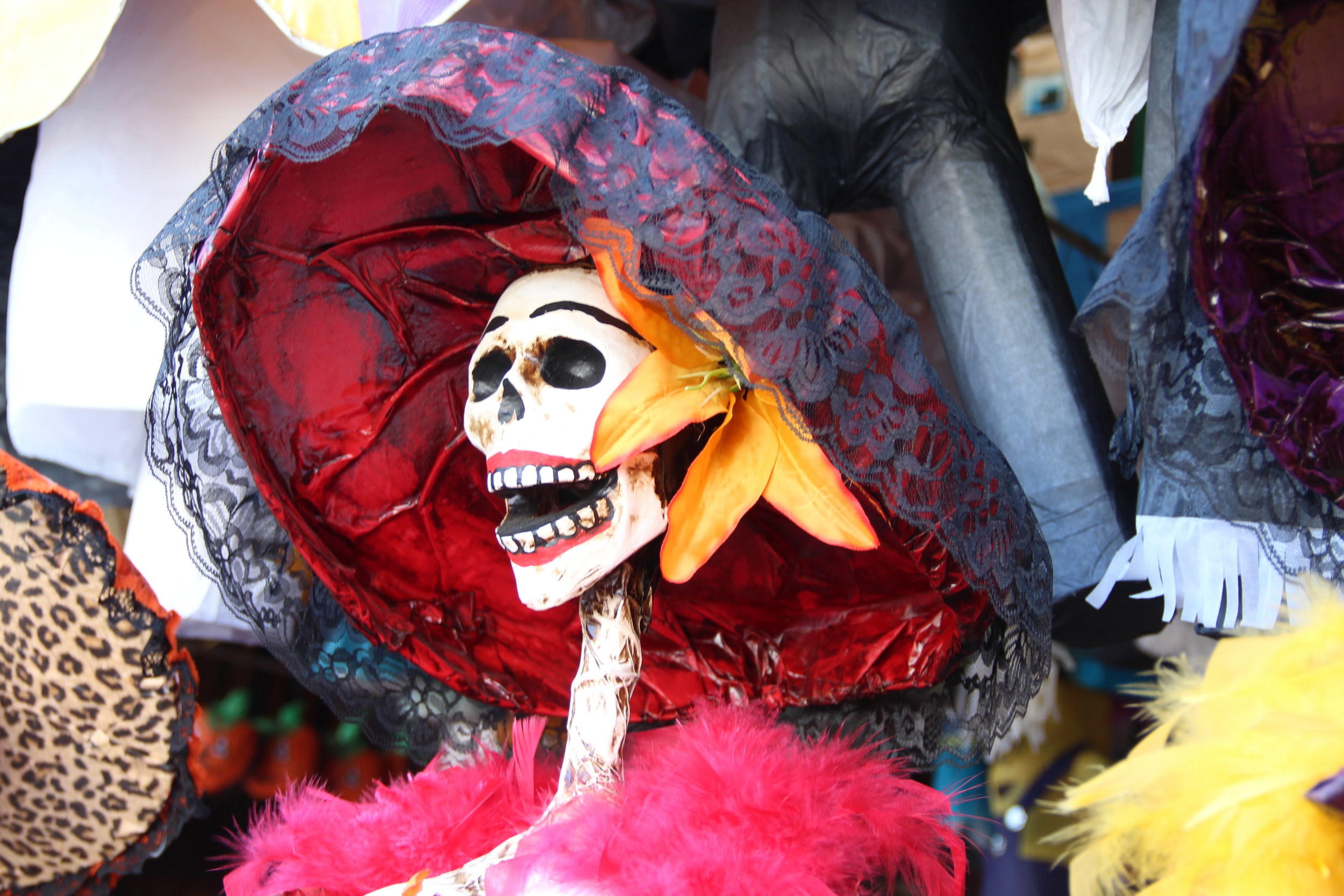
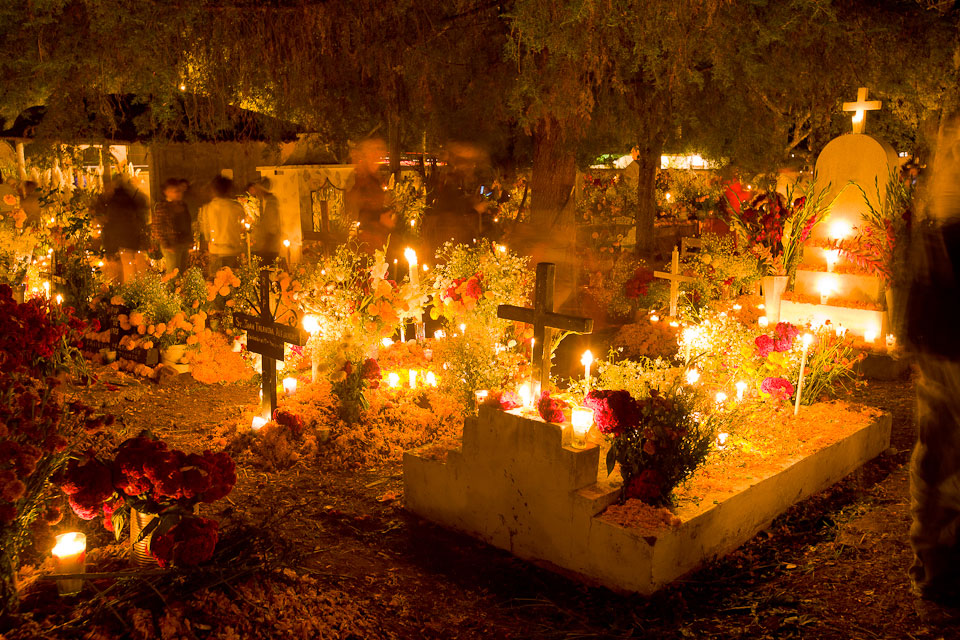
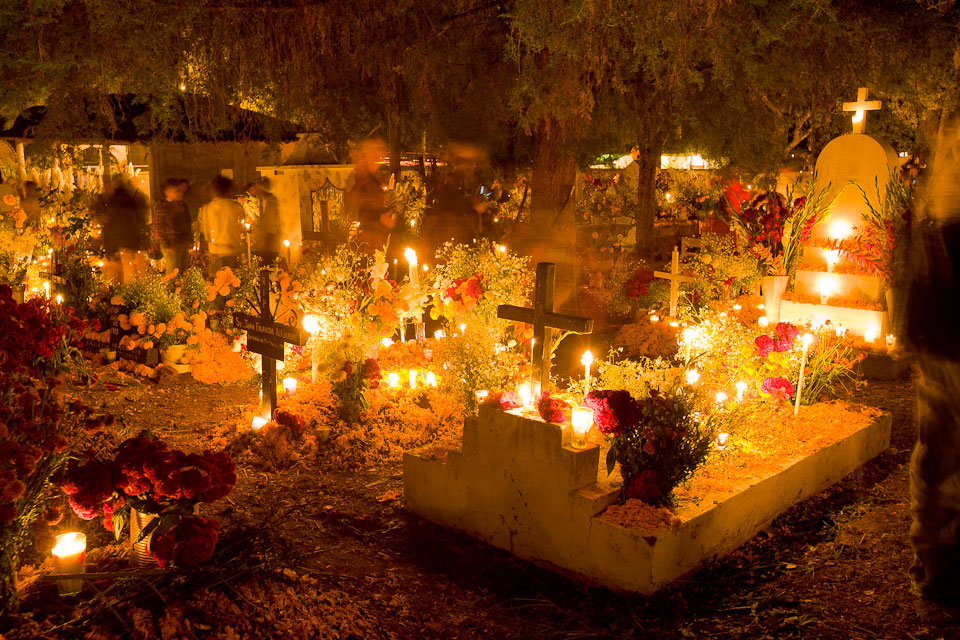
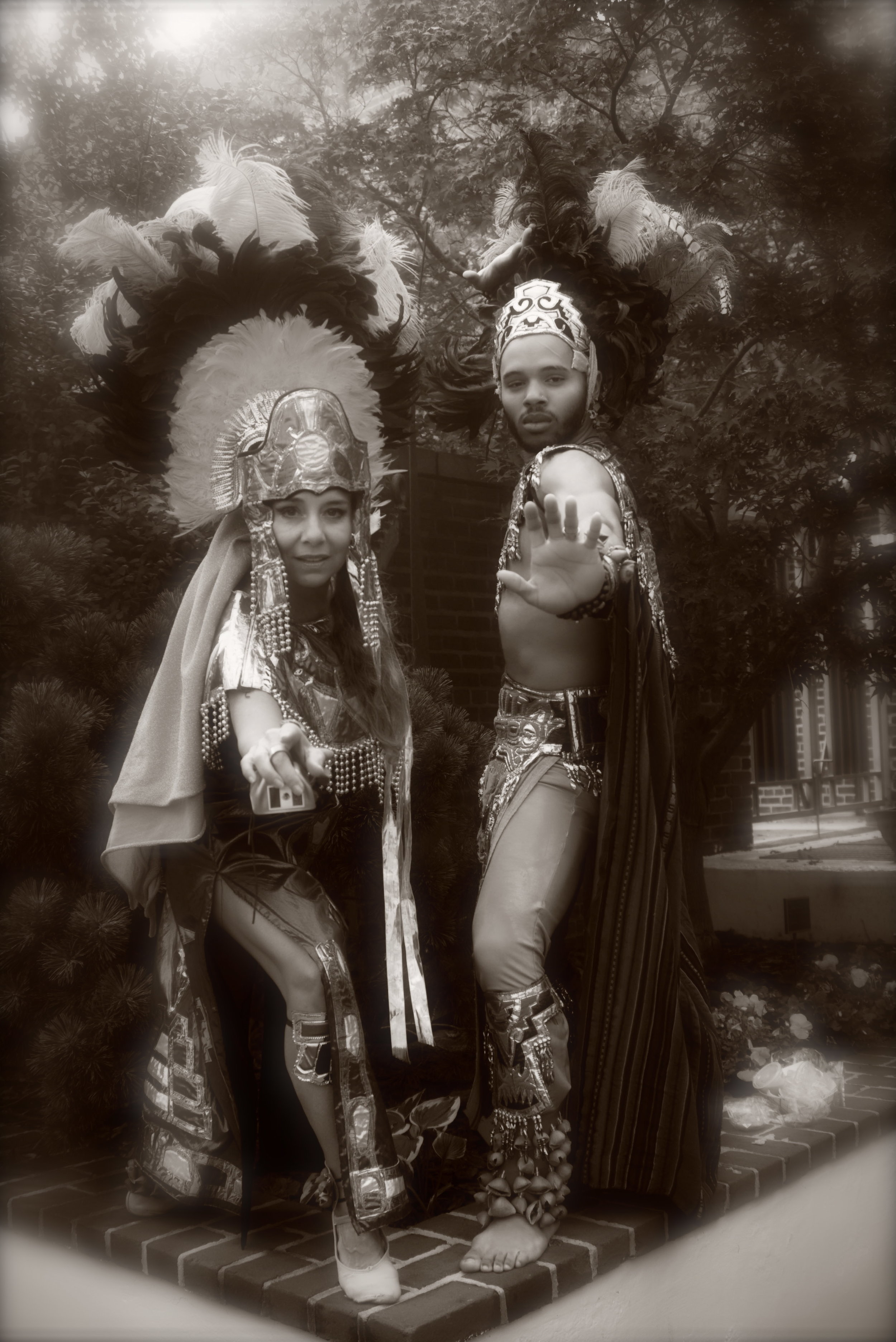
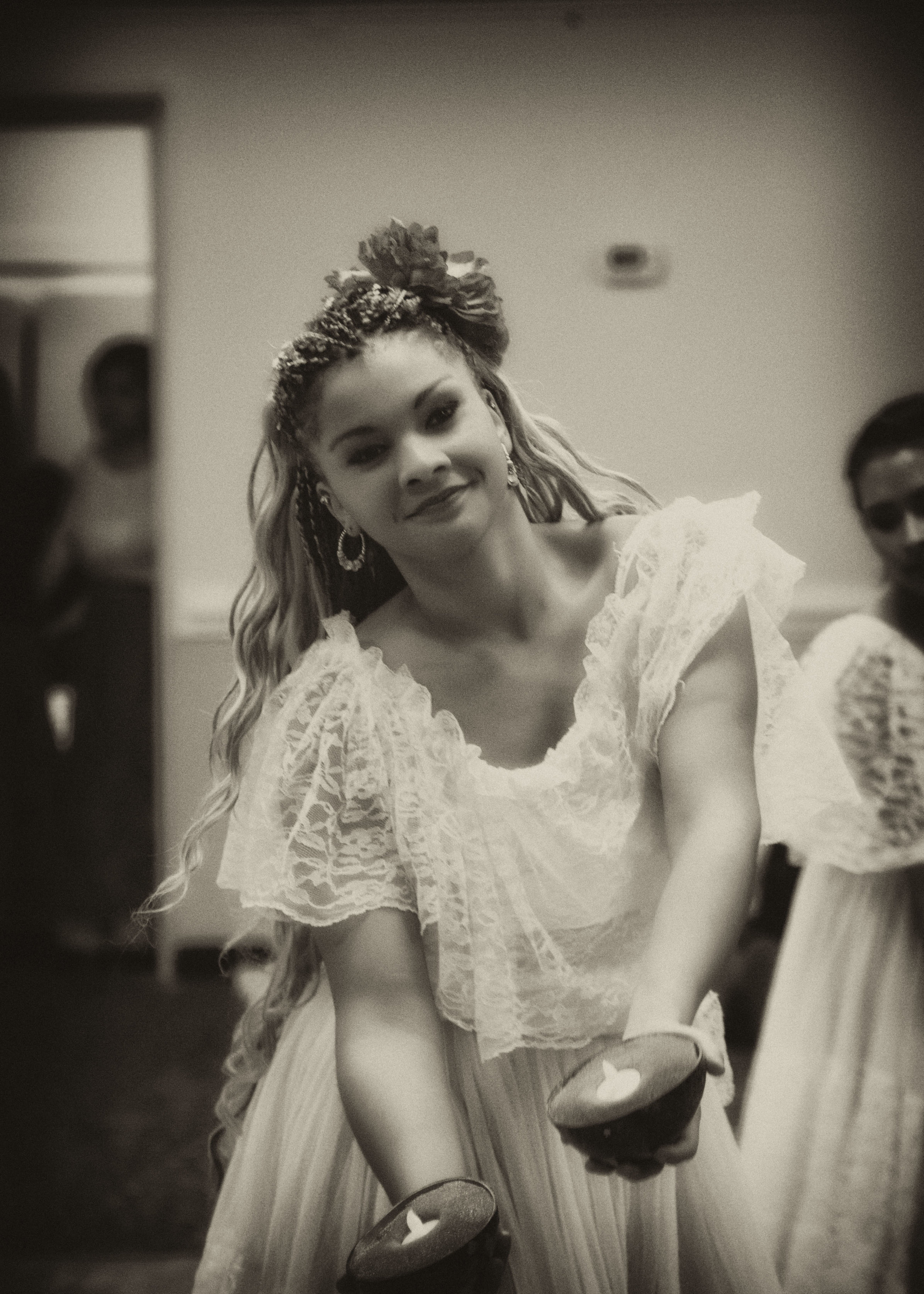

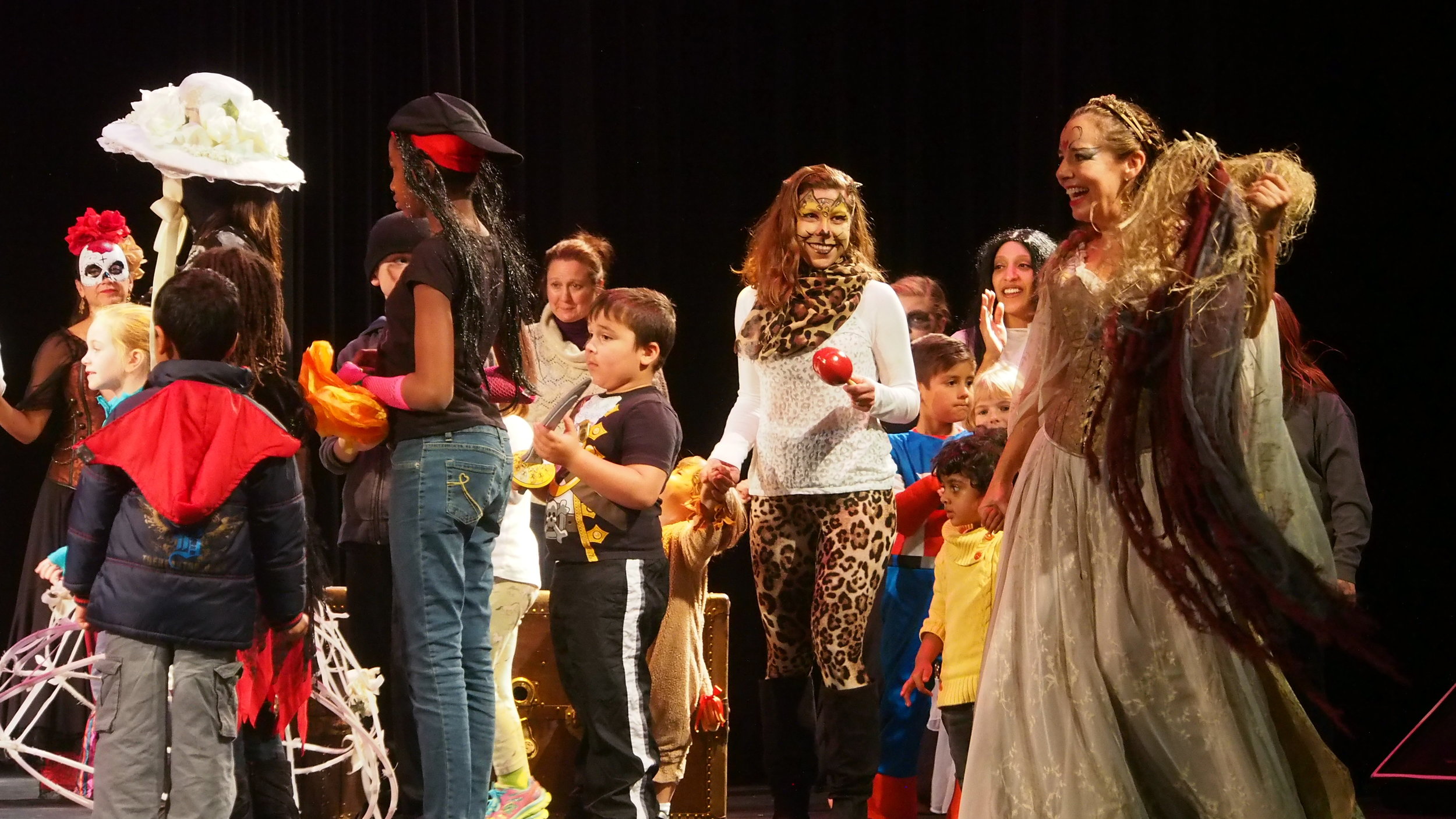
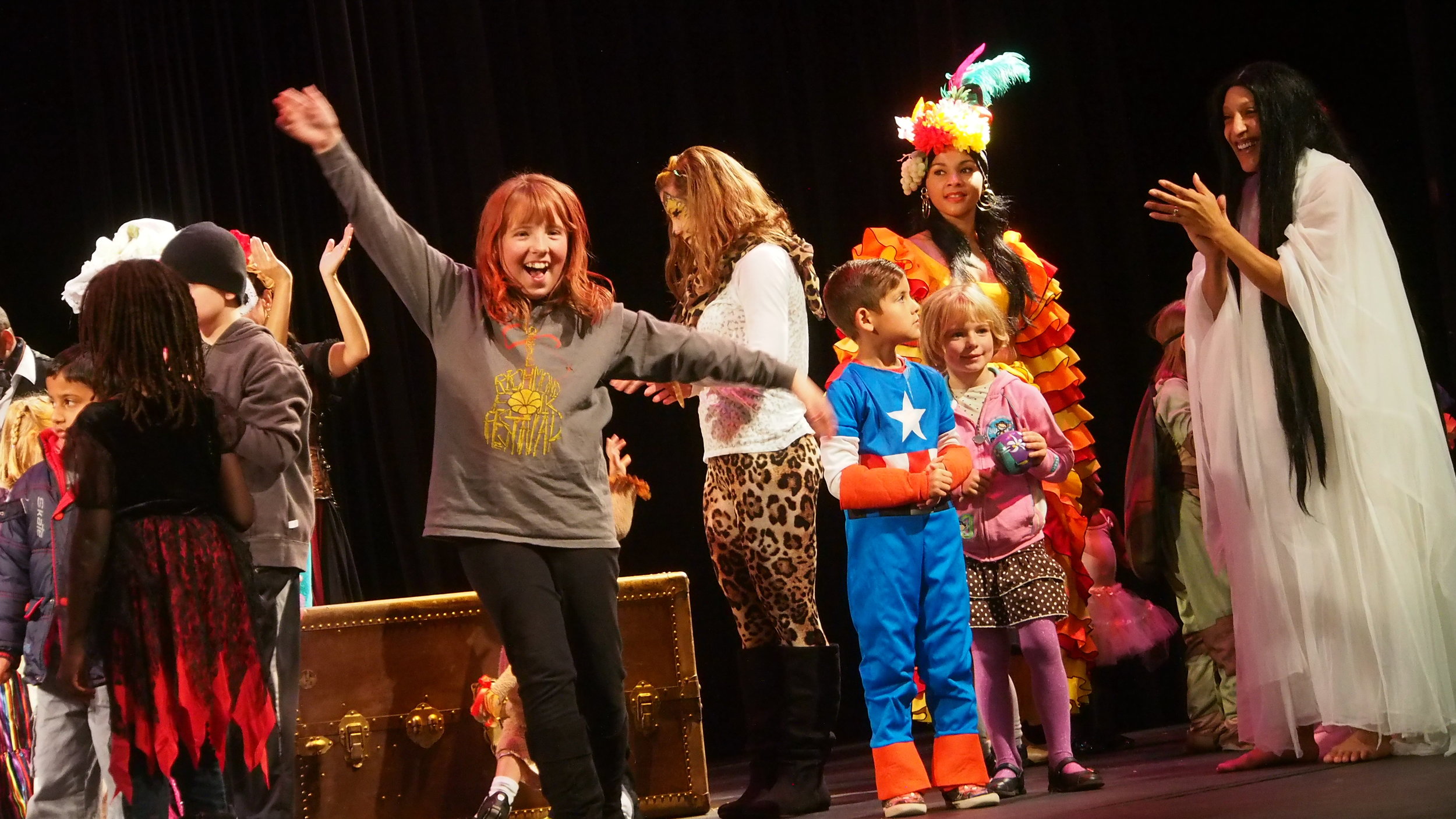
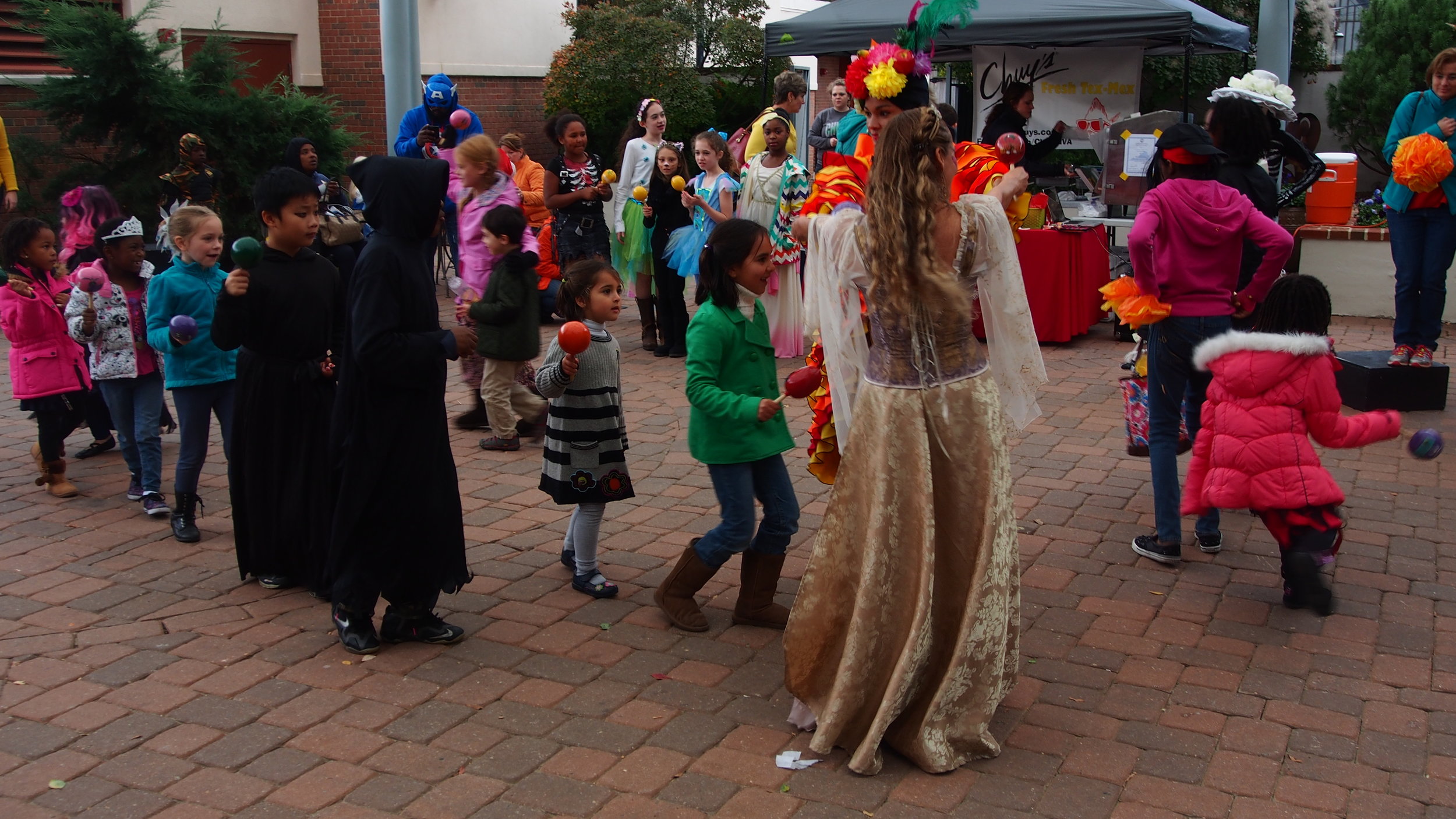


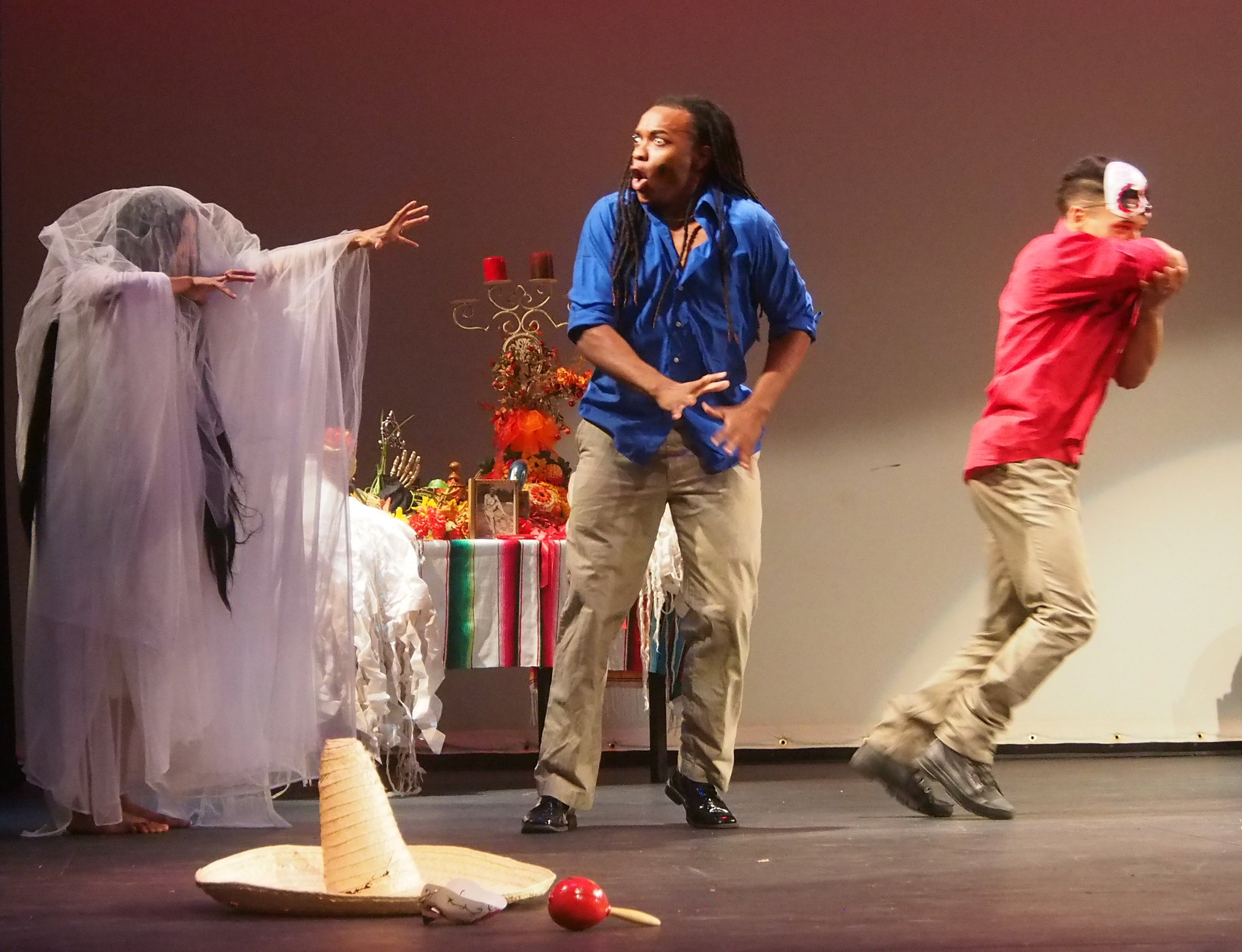
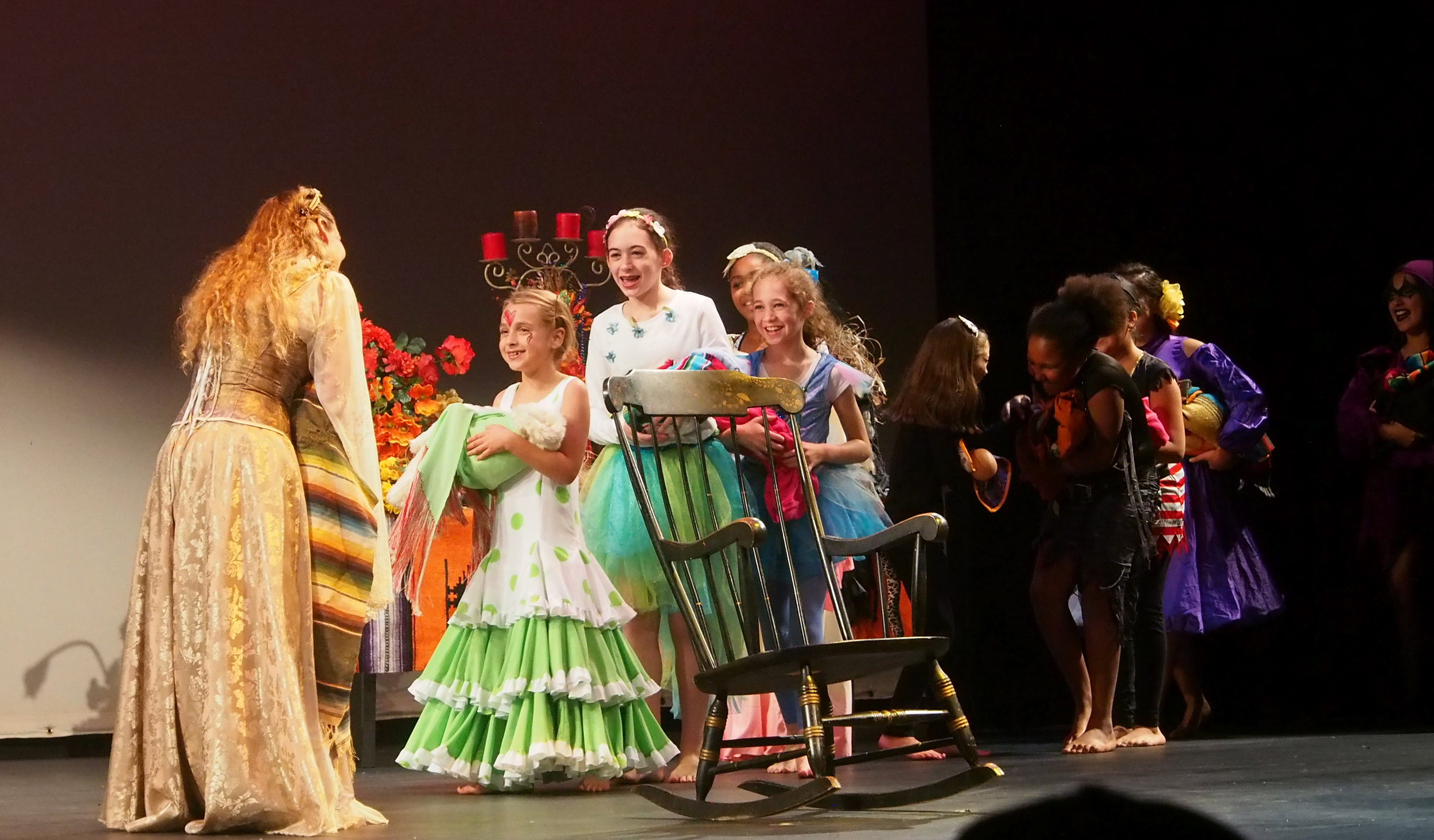
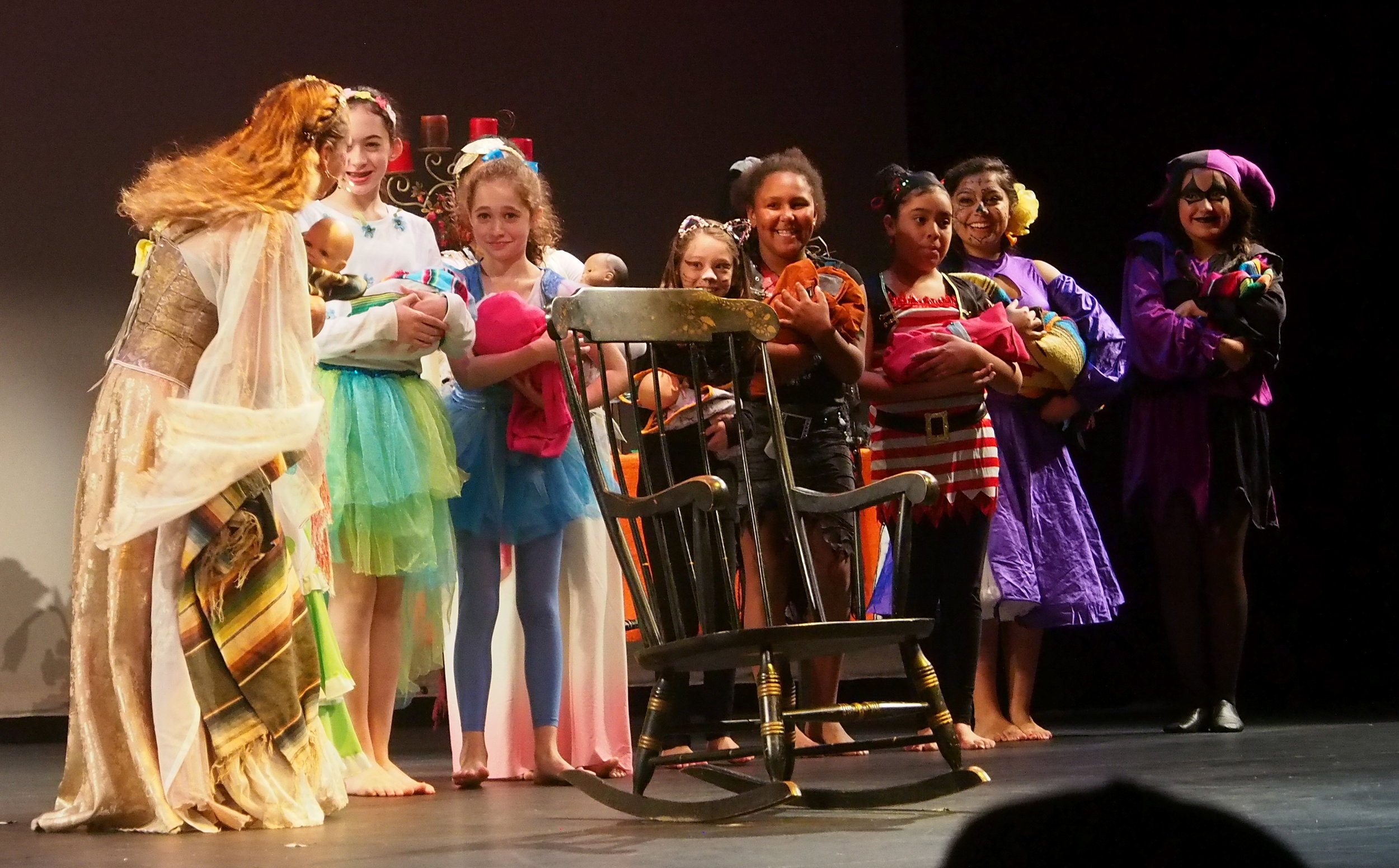
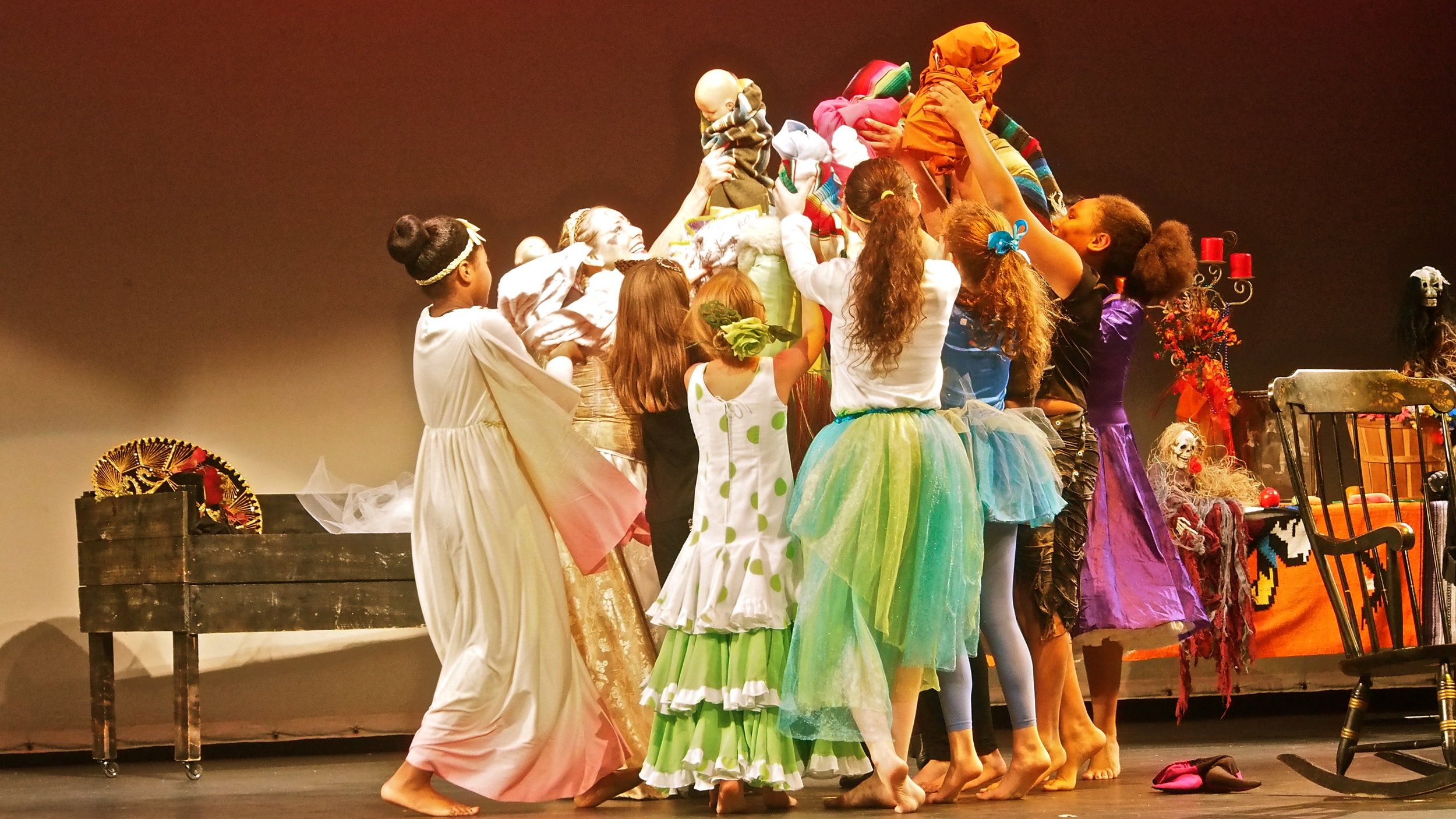
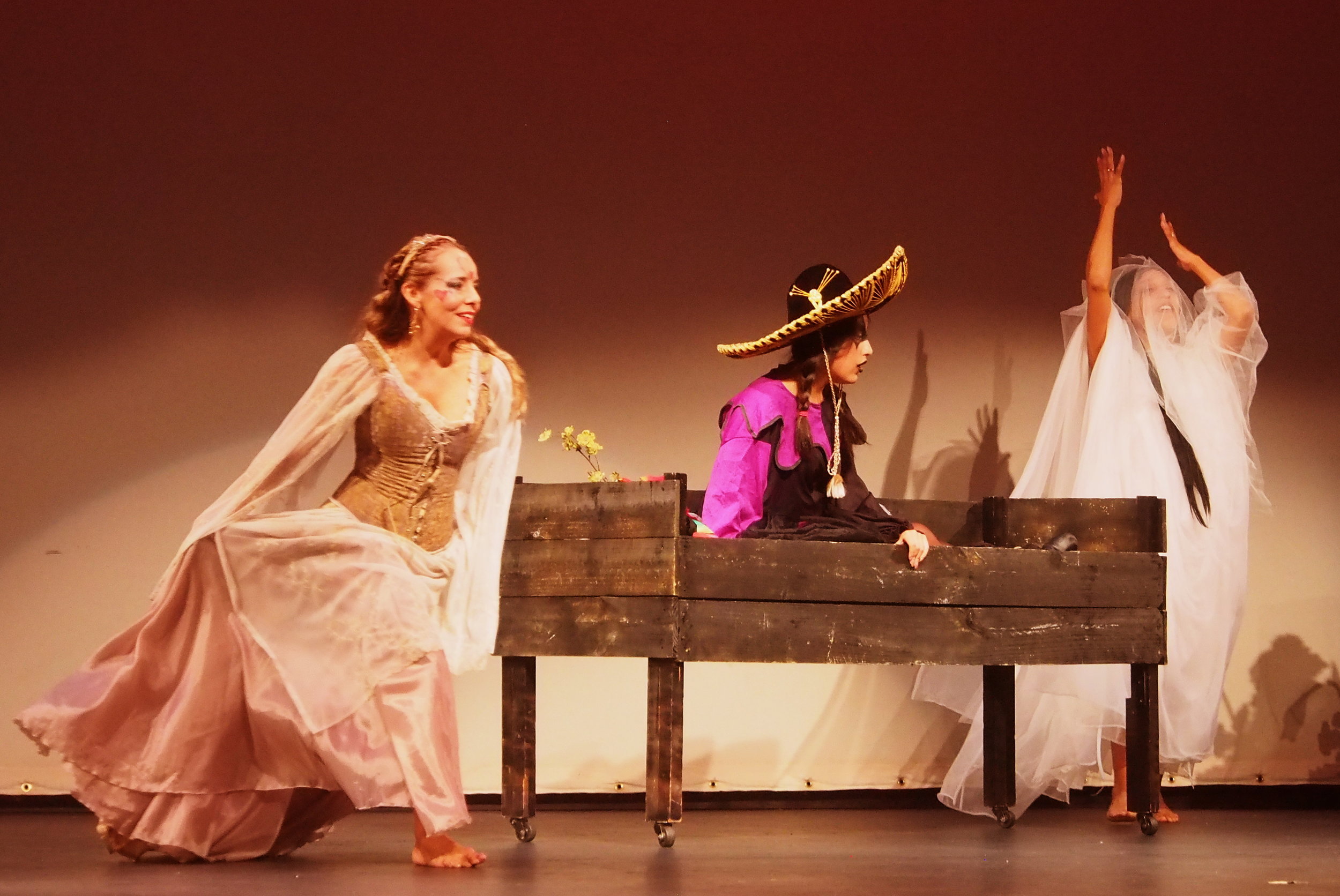
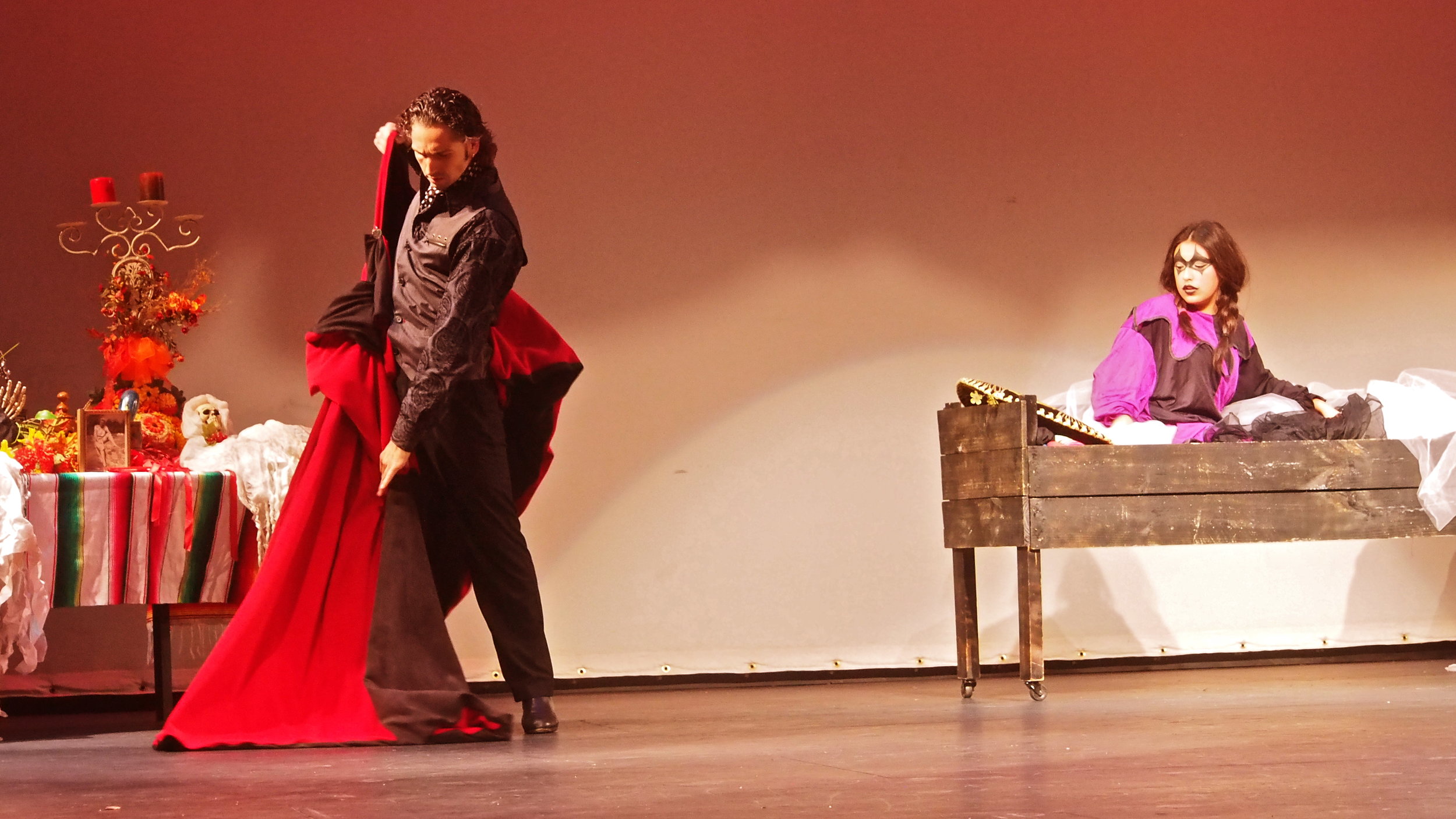
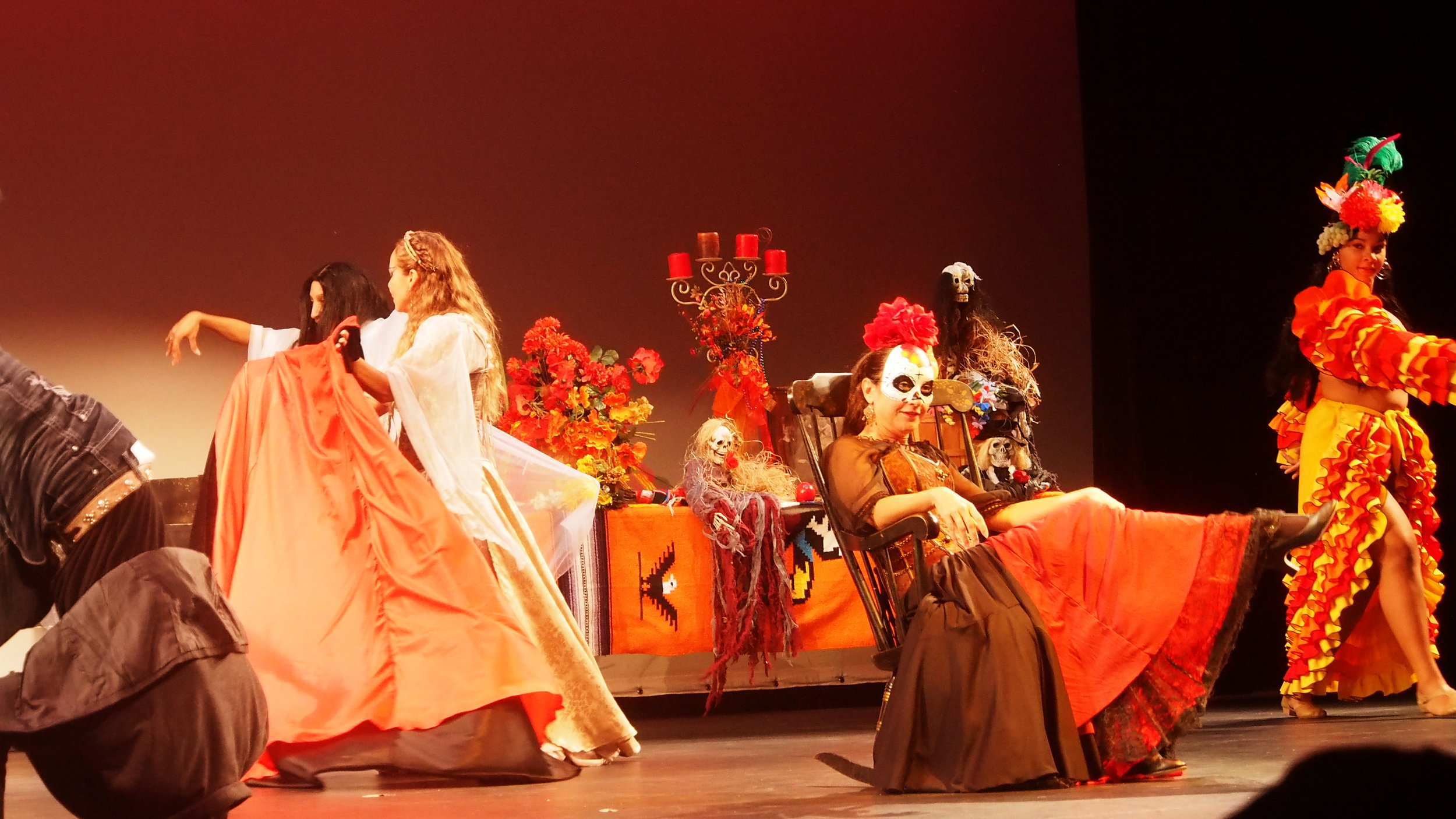
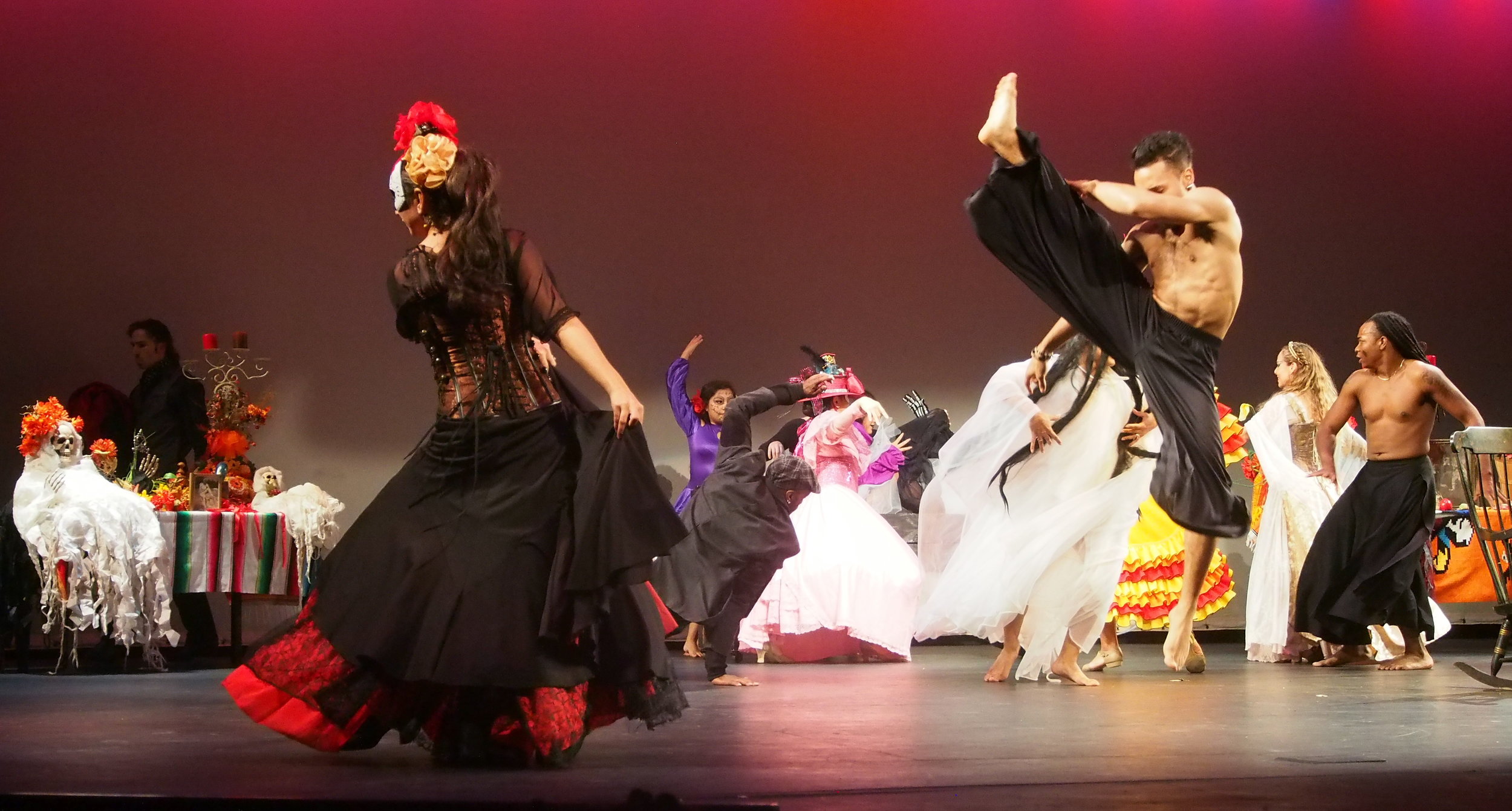
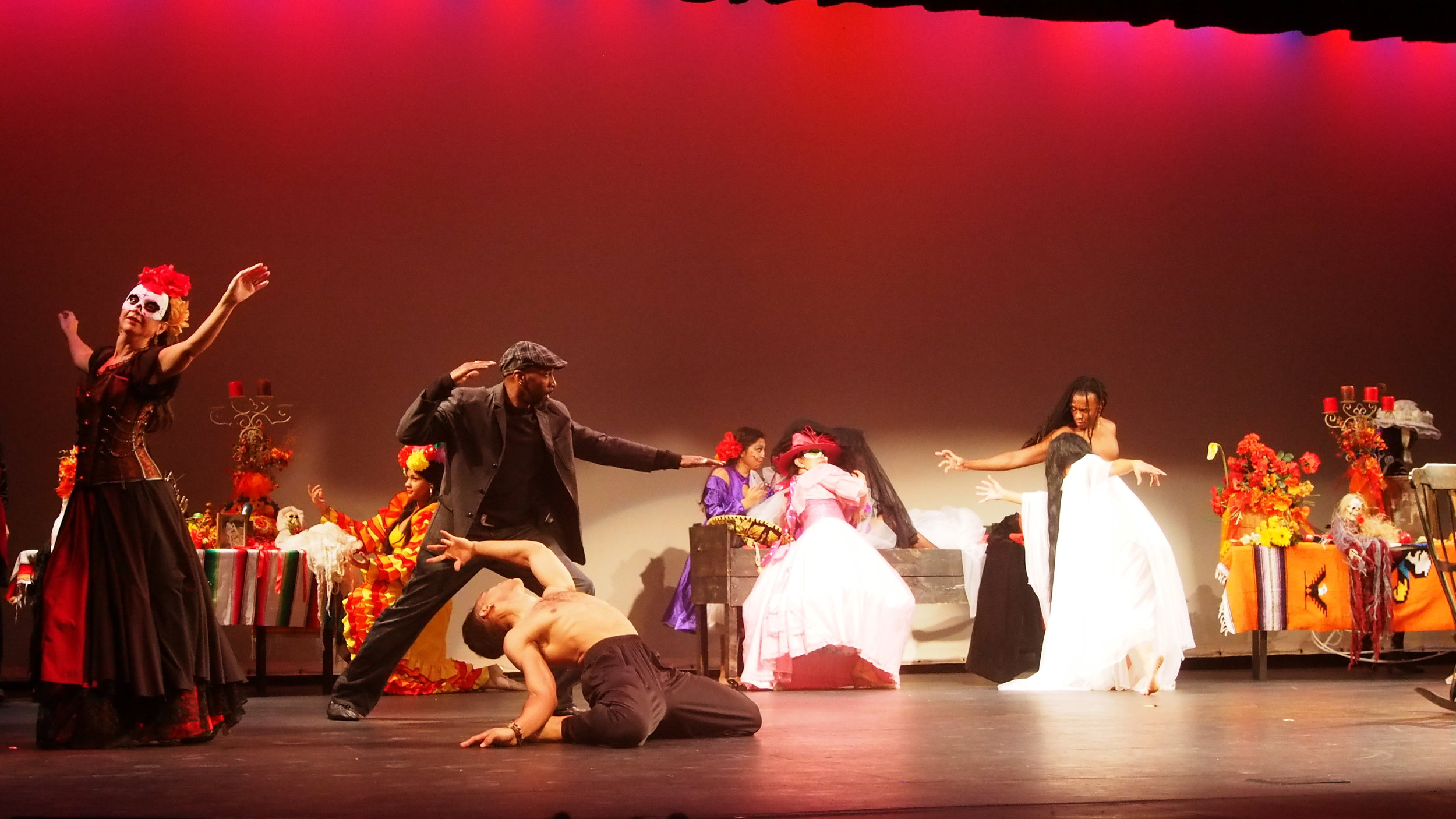
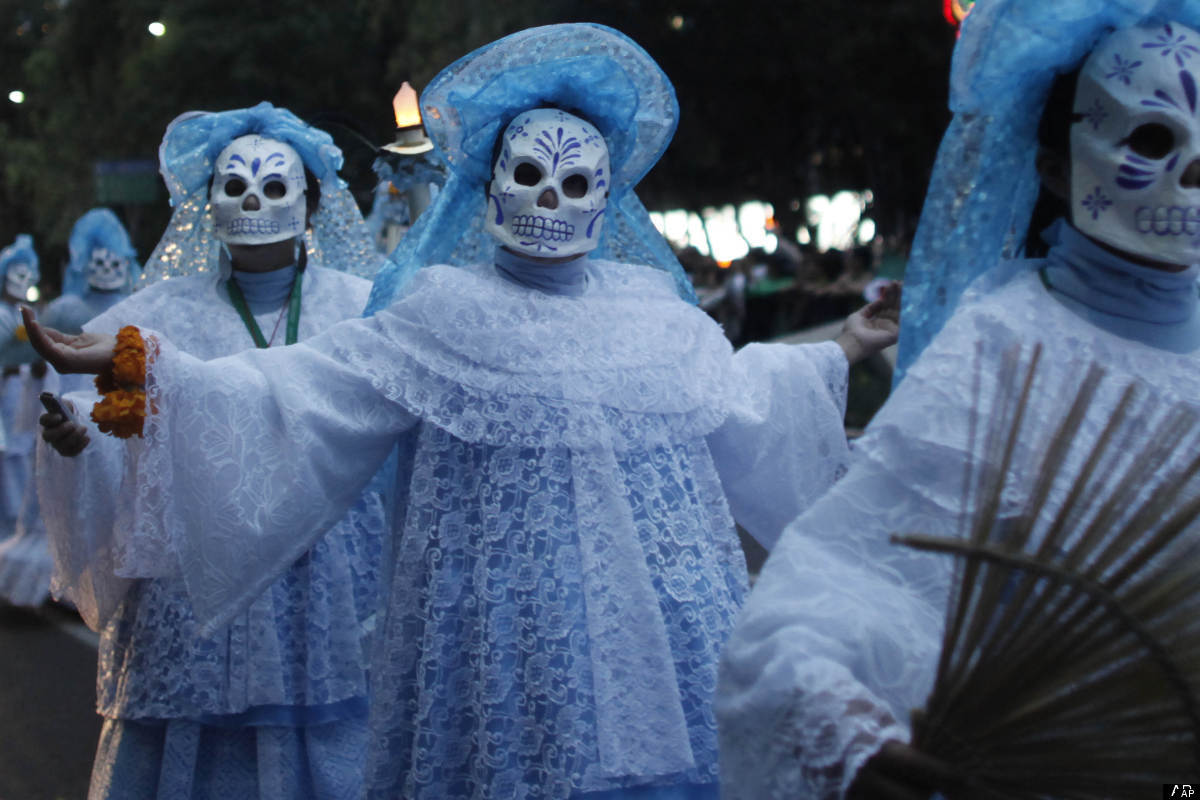
The Spaniards considered the ritual to be sacrilegious and perceived the indigenous people to be barbaric and pagan. In their attempts to convert the Aztecs to Catholicism, the Spaniards tried to eliminate the ritual. But like the old Aztec spirits, the ritual refused to die. To make the ritual more "Christian," the Spaniards moved its date to coincide with All Saints’ Day on November 1st and All Souls’ Day on November 2nd. Previously, El Día de los Muertos fell on the ninth month of the Aztec Solar Calendar, near the beginning of August, and was celebrated for the entire month. Festivities were presided over by the goddess Mictecacihuatl, known as Lady of the Dead, who was believed to have died at birth.
La Danza del Venado (Dance of the Dear)
A traditional ritual from the tribes of Yaquis and Mayas in Mexico.
The AZTEC Ceremony
The Aztec ritual for calling the Spirits of beloved families and friends who have passed away.
The ORISHAS
The religion of the West African Yoruba people was forced underground by centuries of slavery in the Americas. The Orishas represent the seven tribes of Africa. They are considered the Spirits of dead and life. Even the Spanish tried to eradicate their religion, it is still the main practiced religion in Cuba and mayor part of the Caribbean islands.
Malinalli, La Llorona (The Weeping Woman)
Legend tells that Mallinali, “La Llorona,” was a Native princess from the Aztec empire who suffered the terrible condition of slavery during the Spanish conquest. She was the slave, translator and lover of Hernán Cortés, the cruel conquistador of Mexico.
The historical figure of Malinalli has been intermixed with Aztec legends (such as La Llorona, the woman who weeps for her lost children). She is considered “The First Mother of Mexico” and the quintessential victim from the Conquest of the New World.
La Flor Cempasúchil (The Marigold flower)
Markets are filled with cempasúchil flowers, the orange marigold wild flower that the Aztecs used to remember their dead. Its color represents the tones of earth, and it is used to guide souls and little angels to their homes and altars.
El Altar (The Altar)
Festive altars are built in homes to honor the deceased. The altars are beautifully decorated tables containing photographs of beloved relatives, papel picado (decorative paper cuttings), candles, sugar skulls and marigolds. Plates of favorite foods, toys and sweets for little angels and departed loved-ones are the ofrendas (offerings) placed upon the altar.
Remembering Loved Ones who have departed
Las Catrinas Tambien Bailan (Las Catrinas Can Dance Too)
"According to Mexican Folklore, ‘La Catrina’ —also known as death— can show herself in many different ways. Sometimes she is dressed in a rather elaborate, festive way. Sometimes she appears before us in ‘bare bones,’ to take us away when we least expect it. Generally, however, the relationship which the Mexican people have with La Catrina, is defined by a unique set of circumstances, intimately tied with the history and culture of Mexico. Death in Mexico is thought of as a welcome guest on certain very important occasions, such as the Day of the Dead, or ‘día de los fieles difuntos.’ As Mexicans, we believe that death, and specifically the memory of our ‘fieles difuntos,’ which literally means ‘our faithful deceased,’ gives us a strong sense of identity and rootedness in our culture. This conspicuous —and perennial— guest is paradoxically also associated with the joy of life in the face of the imminence and inevitability of death. We only live once and La Catrina, with her mischievous smile, pleads with us to seize the moment and through music —and perhaps a little dance—, find life’s meaning." (The La Catrina Quartet)
El Día de los Muertos is a Celebration of Life
"Death" is not mentioned in many cultures because it is said that it "burns the lips." Mexican culture, however, plays with death and embraces it with celebration and love as a part of life. (Octavio Paz)
“La palabra “Muerte” No se pronuncia en todas las culturas porque quema los labios. Los Mexicanos, en contraste, estan familiarizados con la muerte, bromean con ella. La acarician; es uno de sus juguetes favoritos y de su mas constante amor. ”
